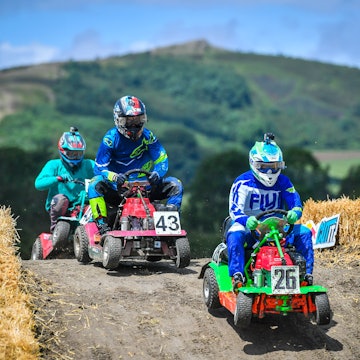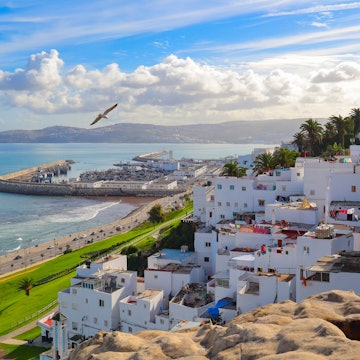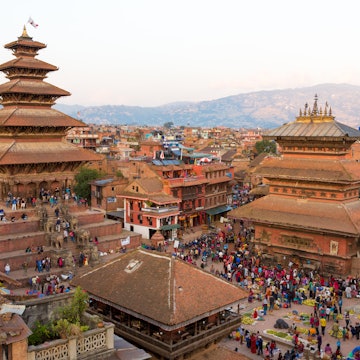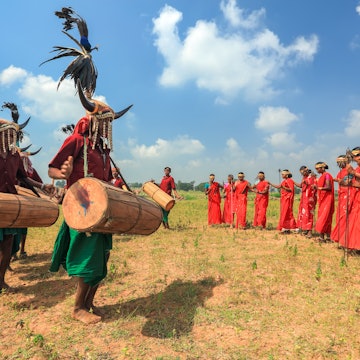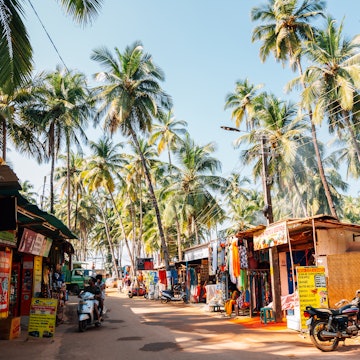
A Lonely Planet photographer shares secrets for taking that perfect shot
Dec 2, 2020 • 4 min read

Machu Picchu (left); sea turtles in Indonesia (center); Ethiopia (right) © Philip Lee Harvey / Lonely Planet
We’re well aware that being a travel writer or photographer is a dream job for many people around the world, and it’s easy to understand why. But what is it really like seeking out incredible experiences to document in far flung corners of the globe? What are the challenges that come with the excitement? In celebration of the launch of Lonely Planet’s brand new book The Perfect Shot, an inspirational pictorial that showcases the best of Lonely Planet photography, we caught up with photographer Philip Lee Harvey to find out what his most memorable images are, and what advice he has to share with budding enthusiasts.
Having worked for Lonely Planet Magazine across a host of different locations, Philip found that the mix of traveling to new locations for work and being able to express himself creatively was indeed a dream come true. The other side to it of course is hard work, long hours, demanding deadlines and having to be ready to quickly pivot to unexpected situations that come your way.
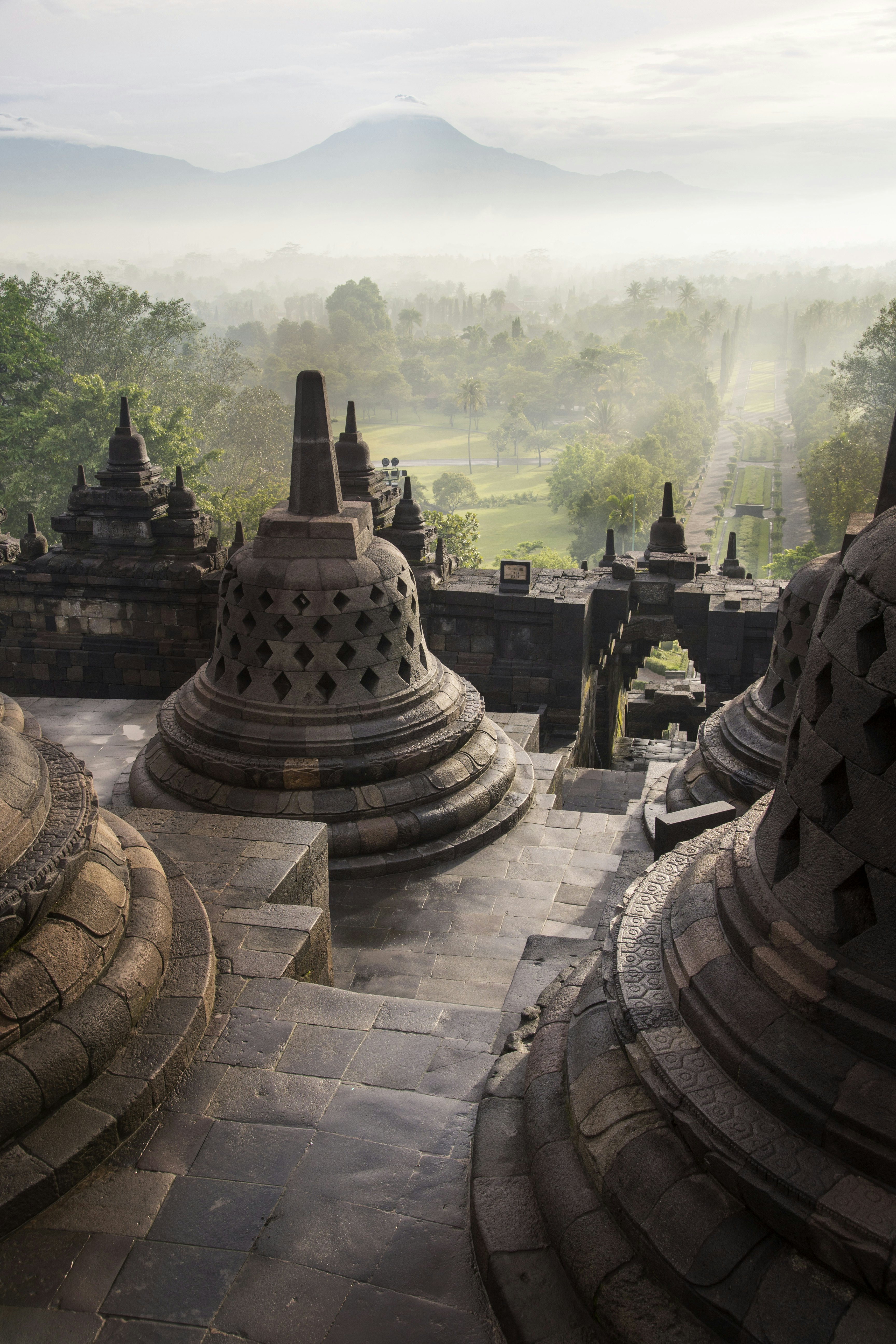
“I love travel and adventure, so combined with my obsessive interest in photography, it is a perfect fit. That said, there is a lot of sitting around waiting at airports, worrying about the weather and hoping that all of the logistics fall into place. If it can go wrong, it probably will. You have to learn to adapt quickly to unforeseen problems. Evenings are spent making sure that all data is downloaded and backed up. I have stayed in some amazing hotels with fantastic pools, but cannot recall ever going for a swim!” Philip told Lonely Planet.
Being on assignment has its benefits of course, and Philip said that one of the best things about it as a photographer and a travel-lover is gaining access to places that are often well off the usual tourist routes. The other side of it is that due to time pressures, there is rarely the time to relax and takes things in. “You never get the chance to just sit and watch. Everything is in a rush and you are always looking at life through a lens”.
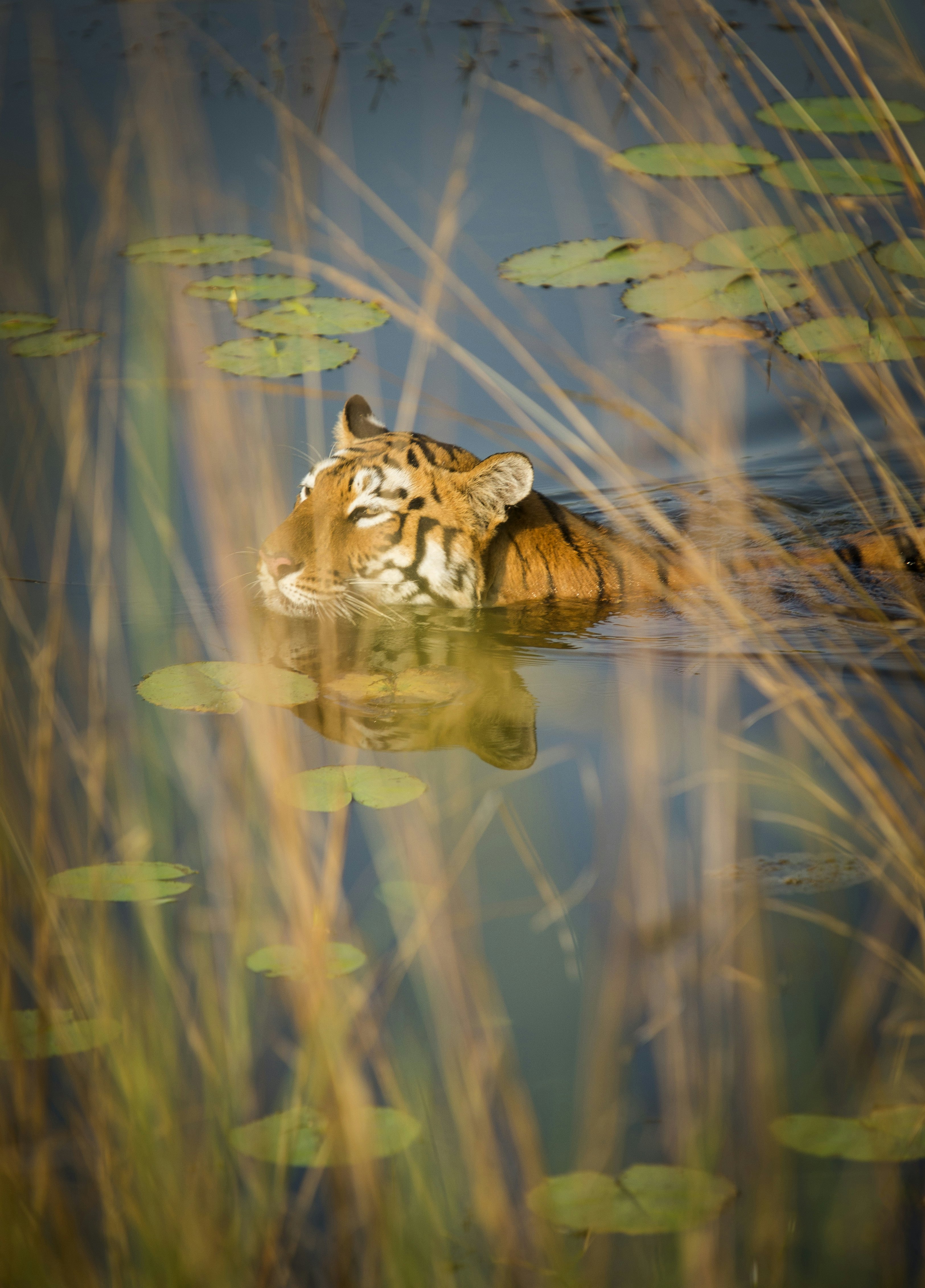
Two of Philip’s most memorable photos are included in The Perfect Shot. The first is the image of a girl going past Hassan II Mosque in Casablanca, Morocco. “The beauty of this place is how inclusive it is. Locals and visitors alike gather here to worship, meet and play. Favorite images change all the time, and I think that’s only natural. During lockdown I find myself thinking a lot about being on assignment and remembering those chance encounters. My image of a tigress swimming in Tadoba National Park in India was so very nearly missed. It was taken in the last hour of the last day illustrating a story about Rudyard Kipling's The Jungle Book. The sun was nearly gone, as was the hope that the shot would be captured. Then a few minutes later I saw the grass move next to us. I instinctively turned, camera in hand, and there was a tigress walking towards us. I grabbed some shots and then she was gone. But I heard the sound of her going into water, so we very quickly repositioned and I managed to see her swimming for a few seconds before the reeds obliterated the scene. It's for these magical moments that I travel.”

Philip's favorite locations to take pictures is always somewhere that he has never been before. When it comes to giving advice to the average person hoping to up their own travel photography game, Philip said that some of the simple, obvious steps are the most important. “Make the effort to get up early and stay out late. The best light is always sunrise and sunset. Also, try to be original. The world is so full of images now that you must push your creativity if you really want to stand out. Finally, learn from others. Study the work of great image makers including painters and film makers, there are reasons why they are well-known and respected.”

At the moment, the work of a travel photographer has been completely upended, but Philip is currently planning his next trips for the future. “I have a list of assignments that I am waiting to shoot, so wherever opens up first and is safe to travel, I will be going there.”
More of Philip’s own work can be seen at his official website.
You might also like:
Lonely Planet’s guide to the art of photography
Step up your Instagram game with these 10 travel photography tips
Seaside snaps: how to take brilliant beach photographs








